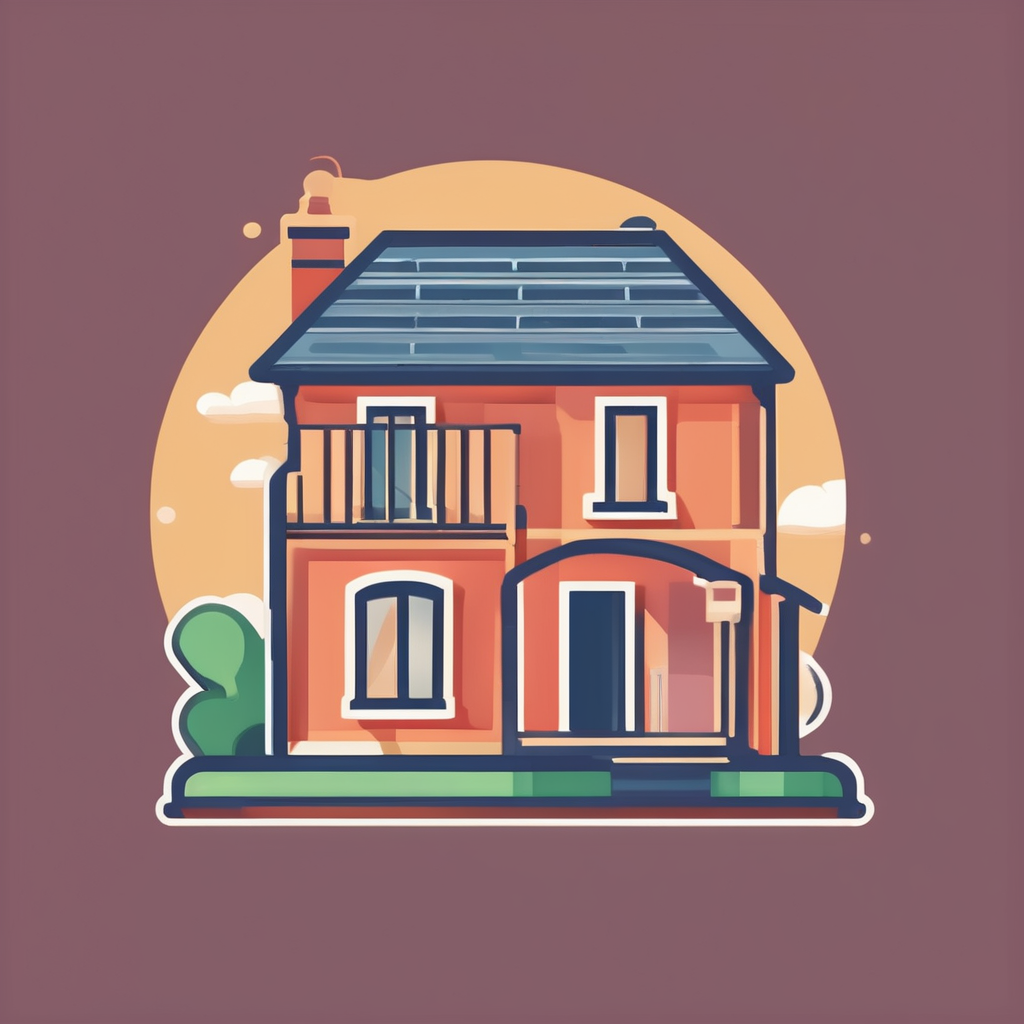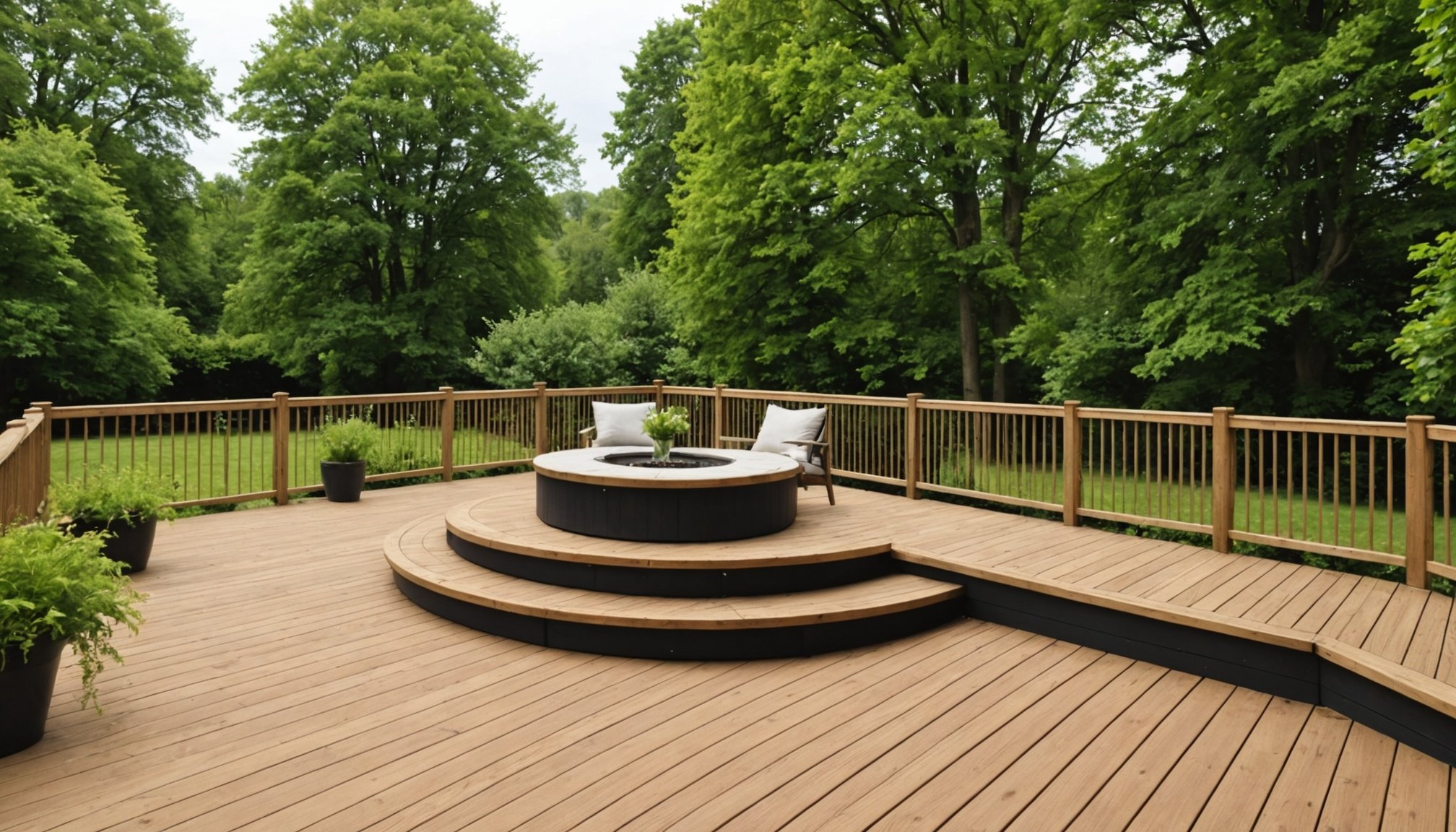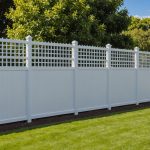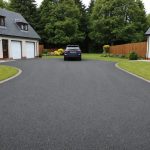Building a sustainable outdoor deck enhances your rural UK home and supports eco-friendly practices. Selecting the right timber plays a pivotal role in achieving this goal. Understanding the types of eco-friendly lumber, their sourcing, and environmental impact can help you create a beautiful yet responsible outdoor space. This guide will provide insights into making informed choices for selecting eco-friendly timber, ensuring your deck is both stunning and sustainable.
Understanding Eco-Friendly Timber
Eco-friendly timber refers to wood that is sourced and processed in a manner that minimizes environmental impact. This involves using sustainable timber practices, which ensure that the harvesting of trees does not deplete forests or harm ecosystems. Sustainable timber is often certified by organizations that monitor forestry practices, ensuring that they meet environmental and social standards.
A lire aussi : Maximizing Natural Light in UK Terraced Houses: Creative Solutions for Deep Floor Plans
The importance of sustainability in construction cannot be overstated. As global awareness of environmental issues grows, the demand for eco-friendly materials in building projects has increased. Sustainable timber plays a crucial role in reducing the carbon footprint of construction activities. By using timber that is responsibly sourced, builders can contribute to the preservation of forests and the biodiversity they support.
Timber's environmental impact is generally positive when sourced sustainably. It is a renewable resource that, when managed correctly, can be replenished over time. Additionally, timber acts as a carbon sink, absorbing carbon dioxide from the atmosphere during its growth. This makes it an attractive option for environmentally conscious construction projects. However, unsustainable practices can lead to deforestation and habitat destruction, highlighting the need for careful selection of timber sources.
A voir aussi : Top Design Strategies for a UK Home Office that Boosts Your Productivity
Criteria for Selecting Sustainable Timber
When selecting sustainable timber, there are several key characteristics to consider. First, the timber should be sourced from forests that are managed under eco-friendly criteria, ensuring minimal impact on the environment. This involves selecting wood from areas where trees are replanted and biodiversity is preserved.
Key Characteristics
- Renewability: Sustainable timber should come from sources that can regenerate over time, making it a renewable resource.
- Carbon Sequestration: Timber acts as a carbon sink, capturing carbon dioxide during its growth phase.
- Biodiversity Preservation: The sourcing process should protect the diverse species and ecosystems within forests.
Sources and Certifications
To ensure timber is genuinely eco-friendly, it's vital to consider its origin. Look for timber from certified sources, such as those with the Forest Stewardship Council (FSC) or Programme for the Endorsement of Forest Certification (PEFC) labels. These certifications indicate that the timber meets rigorous environmental and social standards.
By prioritizing these characteristics and certifications, builders and consumers can make informed decisions that support sustainable forestry practices. This not only aids in reducing the carbon footprint but also contributes to the conservation of forest ecosystems worldwide.
Overview of Timber Types for Decking
Selecting the right timber types for decking is crucial for durability and aesthetics. Hardwood and softwood are the primary categories, each offering distinct benefits.
Hardwood decking, such as Ipe or Teak, is renowned for its durability and resistance to wear. It is more expensive but offers a longer lifespan, making it ideal for high-traffic areas. In contrast, softwood options like Pine and Cedar are more affordable and easier to work with, though they may require more maintenance over time.
In the UK, regional timber species like European Oak and Douglas Fir are popular due to their suitability for the local climate. European Oak is a hardwood known for its strength and resistance to weather, while Douglas Fir, a softwood, offers a balance of affordability and durability.
When considering decking materials, weigh the pros and cons of each timber type. Hardwoods generally offer superior longevity and a rich appearance, but at a higher cost. Softwoods, while more budget-friendly, might need regular treatments to maintain their condition. Understanding these factors can help in selecting the most appropriate timber for your decking needs.
Local Suppliers of Eco-Friendly Timber
Finding local timber suppliers in the UK who focus on sustainable sourcing can be a rewarding endeavor. Supporting local businesses not only strengthens community economies but also reduces the carbon footprint associated with transporting materials over long distances.
To locate reputable eco-friendly timber suppliers, start by researching businesses that carry certifications like the Forest Stewardship Council (FSC) or the Programme for the Endorsement of Forest Certification (PEFC). These certifications ensure that the timber is sourced responsibly and meets high environmental standards.
Another approach is to visit local timber yards and inquire about their sourcing practices. Many suppliers are transparent about their commitment to sustainability and can provide information on the origins of their timber. Additionally, attending industry events or exhibitions can be a great way to connect with suppliers who prioritize eco-friendly practices.
Supporting local suppliers not only contributes to the local economy but also encourages sustainable forestry practices. By choosing timber from nearby sources, you help reduce transportation emissions and promote the use of renewable resources. This approach aligns with the broader goal of minimizing environmental impact while still meeting construction needs.
Sustainability Certifications to Look For
When selecting eco-friendly timber, understanding timber certifications is crucial. These certifications, such as the Forest Stewardship Council (FSC) and the Programme for the Endorsement of Forest Certification (PEFC), serve as benchmarks for sustainability standards. They ensure that timber is harvested responsibly, with minimal environmental impact.
Certifications like FSC and PEFC verify that the timber comes from forests managed sustainably, preserving biodiversity and supporting local communities. They provide assurance that the wood is sourced legally and ethically, aligning with global environmental goals. By selecting certified timber, builders and consumers can trust that their materials meet high sustainability standards.
The impact of these certifications on timber selection is significant. They guide purchasing decisions by highlighting products that contribute positively to environmental conservation. Transparency is key; certifications offer a clear, verifiable label that confirms the timber's sustainable origins.
It's essential to verify these certifications with suppliers to ensure authenticity. This transparency fosters trust and accountability within the timber industry. By prioritizing certified timber, stakeholders can confidently support sustainable practices, contributing to the preservation of natural resources for future generations.
Installation Tips for Eco-Friendly Decking
When it comes to decking installation with a focus on eco-friendly practices, several best practices can enhance both durability and sustainability. Start by selecting the right tools and materials. Opt for non-toxic sealants and finishes that are environmentally friendly, ensuring they do not harm local ecosystems.
Best Practices for Installing Eco-Friendly Timber
Proper planning is essential. Ensure the site is level and well-prepared to prevent water pooling, which can lead to timber degradation. Use stainless steel screws or nails to avoid corrosion, extending the life of your decking. Spacing between boards is crucial for ventilation and allows for natural expansion and contraction.
Tools and Materials for a Sustainable Installation
Choose tools that are energy-efficient. Power tools with rechargeable batteries reduce electricity consumption. For materials, consider recycled plastic composite joists, which support the deck while being environmentally conscious. These joists are durable and reduce the need for new timber.
Avoiding Common Installation Mistakes
Avoid cutting corners during installation. Ensure all timber is treated and sealed properly to prevent moisture damage. Neglecting this step can lead to premature wear. Additionally, avoid using harmful chemicals that can leach into the soil, compromising the eco-friendly nature of your decking.
Maintenance of Eco-Friendly Decks
Maintaining your eco-friendly deck ensures its longevity and preserves its sustainable benefits. Regular deck maintenance involves several practices that are both effective and environmentally conscious.
Recommended Maintenance Practices
-
Routine Cleaning: Sweep your deck regularly to remove debris and prevent moisture build-up. This simple step helps avoid decay and keeps the surface looking fresh.
-
Eco-Friendly Cleaning Products: Opt for biodegradable cleaning solutions. These products effectively clean while minimising harm to the environment. Avoid harsh chemicals that can damage both your deck and local ecosystems.
Seasonal Care Tips
In the rural UK climate, seasonal care is crucial. During wet months, ensure proper drainage to prevent water pooling. In winter, remove snow promptly to reduce moisture exposure. Spring is ideal for applying a fresh coat of non-toxic sealant to protect against UV rays and rain.
Sustainable Upkeep Methods
-
Inspect Regularly: Check for signs of wear or damage. Address issues promptly to maintain the deck's integrity.
-
Natural Treatments: Use oils derived from plants to nourish the wood, enhancing its natural resistance to weather.
By following these sustainable upkeep practices, you can enjoy a durable and environmentally friendly deck for years to come.
Environmental Benefits of Choosing Sustainable Timber
Choosing sustainable timber offers numerous eco-friendly benefits that significantly reduce the environmental impact of construction. One of the primary advantages is its contribution to biodiversity. Sustainable forestry practices ensure that ecosystems remain intact, preserving the habitats of countless species. This careful management prevents deforestation and supports the natural balance within forest environments.
Carbon sequestration is another critical benefit of sustainable timber. Trees absorb carbon dioxide during their growth, storing carbon and releasing oxygen. This process helps mitigate climate change by reducing greenhouse gases in the atmosphere. When timber is harvested sustainably, it continues to act as a carbon sink, even when used in construction.
The long-term ecological benefits of using eco-friendly materials, such as sustainable timber, are profound. By reducing reliance on non-renewable resources, sustainable timber supports the regeneration of forests. This not only ensures a continuous supply of timber but also enhances the resilience of ecosystems against environmental changes. Moreover, the use of sustainable materials promotes a circular economy, where resources are reused and recycled, minimizing waste and environmental degradation. Embracing sustainable timber is a proactive step towards a more sustainable future, benefiting both the planet and future generations.
Regional Considerations for Decking in the UK
When planning decking in the UK, it's essential to consider the impact of the UK climate on timber performance. The country's weather, known for its variability, can significantly affect the longevity and appearance of decking materials. In particular, frequent rain and high humidity levels can lead to moisture retention in timber, causing warping and decay if not properly treated.
Urban vs. Rural Settings
The choice of timber can also vary between rural and urban settings. In urban areas, where space may be limited, decking often needs to withstand pollution and higher foot traffic. Here, hardwoods like Ipe or Teak, known for their durability, might be preferable. In contrast, rural settings might benefit from softwoods like Cedar, which blend naturally with the environment and are easier to source locally.
Adapting to Local Conditions
Adapting decking choices to local environmental conditions is crucial. For instance, in coastal areas, salt air can accelerate corrosion, making stainless steel fasteners essential. In regions with high rainfall, ensuring proper drainage and using non-slip finishes can prevent accidents and prolong the deck's life. By considering these regional factors, you can select the most suitable timber for your decking project, ensuring both functionality and aesthetic appeal.











